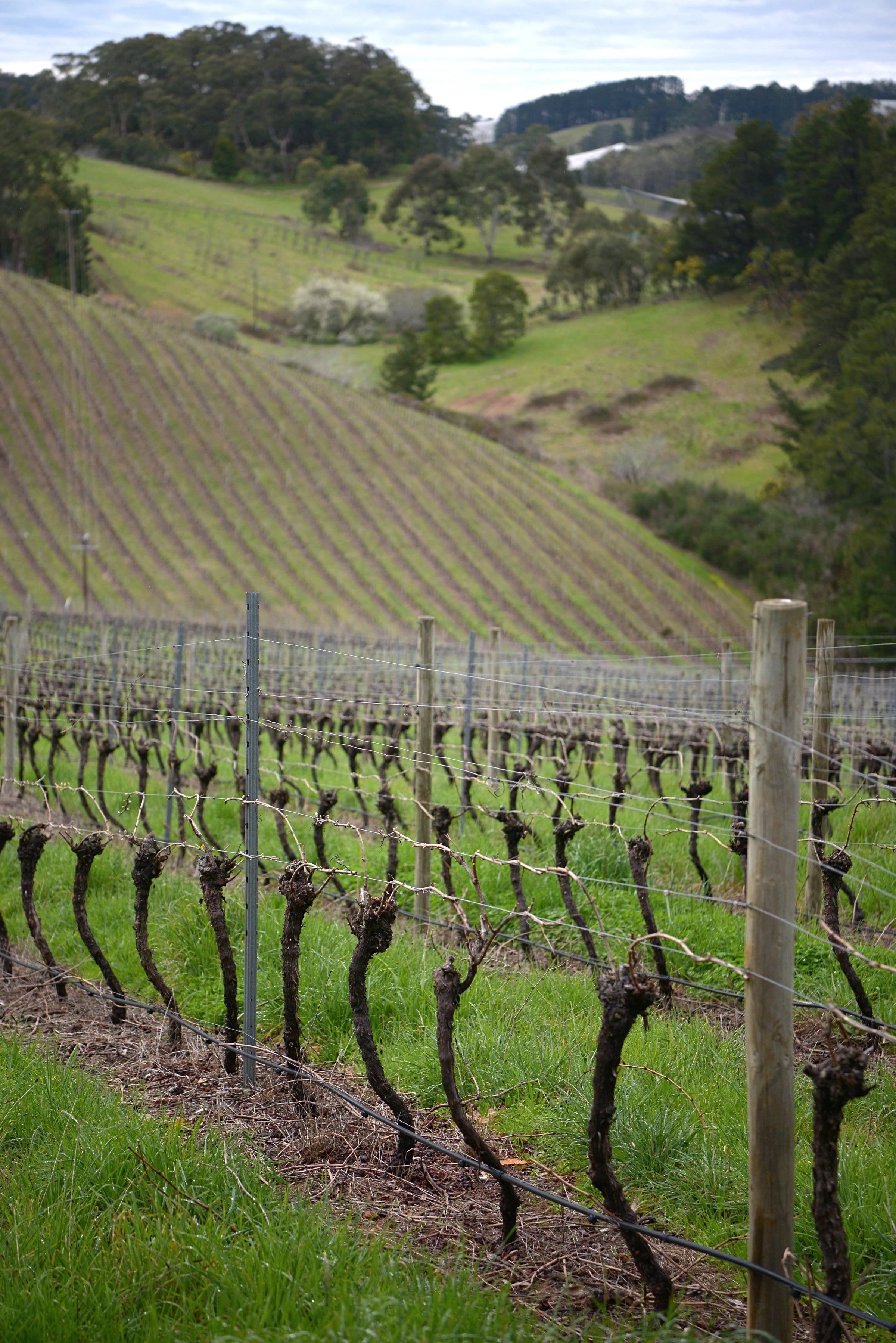Maybe a quick glance at today’s label made you think ‘First Growth’ Mouton Rothschild, but on closer inspection, we’re a little further afield: This is Leeuwin Estate in Margaret River, Australia, and if you haven’t thoroughly explored this region/producer yet, it’s high time you did! Despite being across the world from Bordeaux, Leeuwin’s “Art Series” has the goods to compete, as a quick glance at the wine’s track record with
any critic illustrates.
As important as all the critical acclaim is, though, what really distinguishes this wine is its historical significance: The Horgan family of Leeuwin Estate, with an assist from Napa wine eminence Robert Mondavi, put Margaret River on the international wine map in relatively short order, creating a deeply layered, profound Cabernet Sauvignon that sits comfortably alongside Classified Growth Bordeaux and Cult California Cabernets costing multiples more. This is not an exaggeration: With each (late) release of Leeuwin’s “Art Series,” which is aged four years before its rollout, eagerly awaiting collectors clear out a wide space in their cellars. If you appreciate drinking a region-defining wine that simultaneously rivals exorbitantly priced “untouchables,” this needs to be on your shopping list.
When Denis and Trish Horgan acquired this barren property in 1969, it went unused for four years. Winemaking wasn’t even on their radar at the time, but then they received a propitious phone call from the attorney for international superstar Robert Mondavi. Turns out, he had done quite a bit of research on Margaret River’s terroir and had deemed it a perfect site for high-quality grapes—it just needed high-quality winemakers. That was all the impetus the Horgans needed to quit their day jobs and make a foray into the wine industry. Starting in the 1970s, Mondavi began assisting them with optimal vine positioning, planting, winemaking, labeling...the list goes on. And when they eventually released their special “Art Series”—their long-aged premium bottling from standout plots—the world responded enthusiastically, and began snatching them up at a frenetic pace.
In an instant, what once was an idling cattle farm became a world-class estate brimming with prized Cabernet Sauvignon and Chardonnay vines that soon included other classic varieties from all over the world. For Leeuwin’s Cabernet Sauvignon “Art Series,” only the best, most elderly Cabernet vines are chosen from deep soils that consist of sandy, gravelly loam. Each parcel is vinified separately after an exhausting handpicked harvest that includes a number of passes through the vineyard and sorts in the winery. The grapes undergo a weeks-long, partial whole-cluster fermentation and, after completion, are sent to mature in 50% new French oak for 23 months.
As a result of this Aussie Cabernet Sauvignon aging extensively in new oak, Leeuwin’s 2013 “Art Series” reveals a brilliant crimson color that is intensely opaque at its core. After a few swirls, viscous tears stain the glass as they slowly descend into the wine’s reflective bright ruby-pink rim. If you don’t know Australian Cabernet just yet, this one’s aromas will make sure you never forget it: It erupts from the glass, showing off extremely pure notes of kirsch, chambord, and crème de cassis alongside ripe wild berries, blueberry, licorice, tobacco leaf, crushed stones, baked clay, cigar box, spearmint, and warm baking spices. It’s sweet fruits however, aren’t saturated or sappy—along with muscular, yet polished, tannins, there is a wonderful chord of freshness here, and despite its mouth-coating richness, it’s worth noting that the alcohol sits at a ‘cool’ 13.5%. Leewin’s “Art Series” Cabernet is ultra-juicy and ultra-addicting, without stepping over the line into excess; everything is in perfect balance here. It’s still in its youth, too. If you’re enjoying a bottle now, decant it about an hour before service in Bordeaux stems at 60-65 degree; otherwise, I see its best drinking coming around birthday seven or eight, and a positive evolution until 2033 and beyond. The best part? With its ‘Stelvin’ closure (screw cap), you won’t ever have to worry about the integrity or taint of a cork. Just keep this in a cool, dark environment and it will delight you whenever you choose to open it over the next two decades. Pick a brisk day with the sun shining and serve next to sticky barbecued ribs (go easy on the spice). That’s what I call a pairing!




